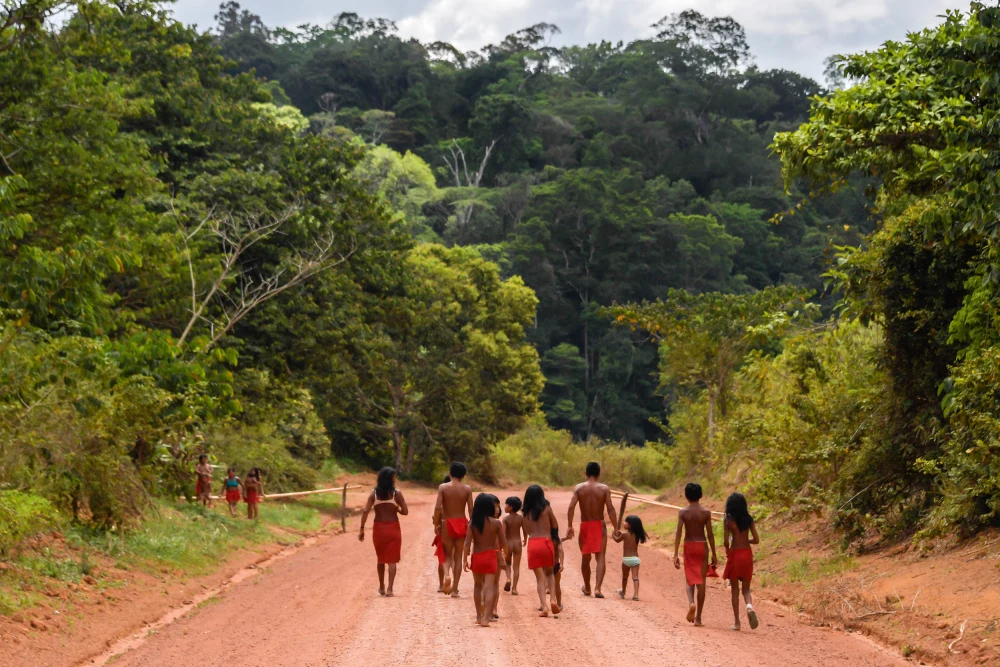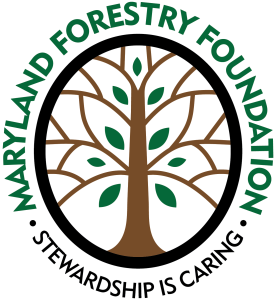
Amidst the escalating impacts of climate change and environmental degradation, urgent solutions are imperative. A promising strategy gaining prominence involves restoring land tenure rights to Indigenous Peoples. For centuries, Indigenous communities sustainably and holistically managed natural resources through Traditional Ecological Knowledge, an adaptive body of knowledge accumulated through observations of an ecosystem, passed down by generations often through oral transmission, which embodies cultural and spiritual principles, with an emphasis on the intrinsic value of nature (LaDuke, 1994). Despite the low number of Indigenous Peoples in proportion to the world’s population, these communities use and occupy 25% of the world’s surface area, which also notably holds 80% of the world’s biodiversity (World Bank, 2022). Indigenous Peoples therefore are uniquely positioned to safeguard the world’s natural resources and they maintain the critical Traditional Ecological Knowledge to effectively do so. However, Indigenous Peoples today often do not have the formal or legal recognition of the land they inhabit, which hinders their ability to efficiently manage it. Yet, reinstating land tenure rights could yield significant climate benefits, particularly within forest management.
For instance, areas titled to Indigenous communities have been shown to store 36% more carbon per hectare than public conservation land, such as national parks, which also require more government spending to designate and maintain (Stevens et. al., 2015). Moreover, an IPBES report found that while 65-75% of the Earth’s surface has been significantly altered by human actions, on average in areas held or managed by Indigenous Peoples and local communities, these trends were found to be remarkably lower and in some cases even entirely avoided (Magnusson, 2021). This approach not only addresses environmental challenges, but also rectifies long-standing historical injustices against Indigenous communities through the restoration of ancestral lands for economic, social, and cultural revitalization. At this critical juncture in history, its imperative governments advance land tenure rights for Indigenous Peoples, as this approach holds the power to serve as both a potent and practical solution to some of humanity’s gravest environmental and social challenges.
References – Blog 2:
Berkes, F. (2013). Traditional ecological knowledge. Traditional Ecological Knowledge – an overview | ScienceDirect Topics, https://www.sciencedirect.com/topics/earth-and-planetary-sciencestraditional-ecological- knowledge
LaDuke, W. (1994). Traditional Ecological Knowledge and Environmental Futures. University of Kentucky . Retrieved from https://www.uky.edu/~rsand1/china2017/library/LaDuke.pdf
Magnusson, M. C. (2021). Securing land tenure for Indigenous Peoples Directly Combats Climate Change. Cultural Survival. Retrieved from https://www.culturalsurvival.org/news/securing-land-tenure-indigenous-peoples-directly-co mbats-climate-change
Mazzocchi F. (2006). Western science and traditional knowledge. Despite their variations, different forms of knowledge can learn from each other. EMBO reports, 7(5), 463–466. https://doi.org/10.1038/sj.embor.7400693
Trisos, C.H., Auerbach, J. & Katti, M. (2021). Decoloniality and anti-oppressive practices for a more ethical ecology. Nat Ecol Evol 5, 1205–1212, https://doi.org/10.1038/s41559-021-01460-w
World Bank. (2022). Indigenous Peoples – Context. Retrieved December 11, 2022, from
https://www.worldbank.org/en/topic/indigenouspeoples
